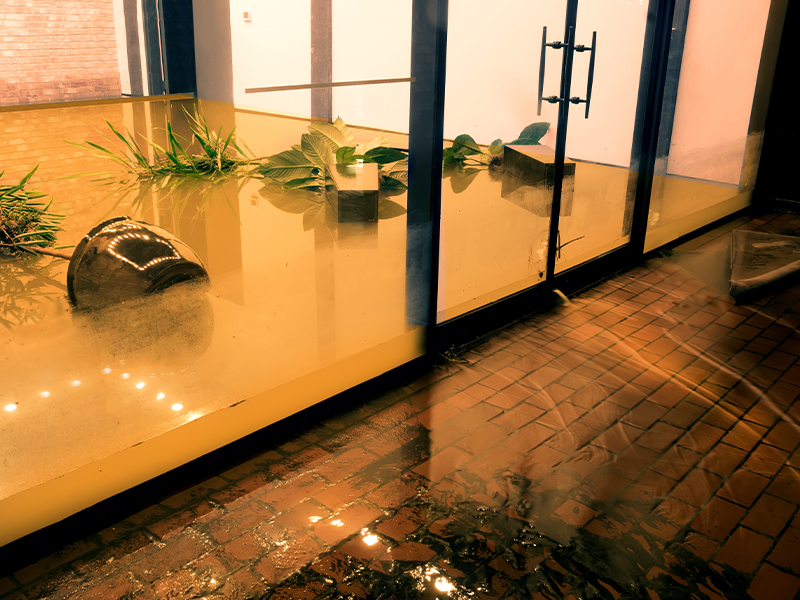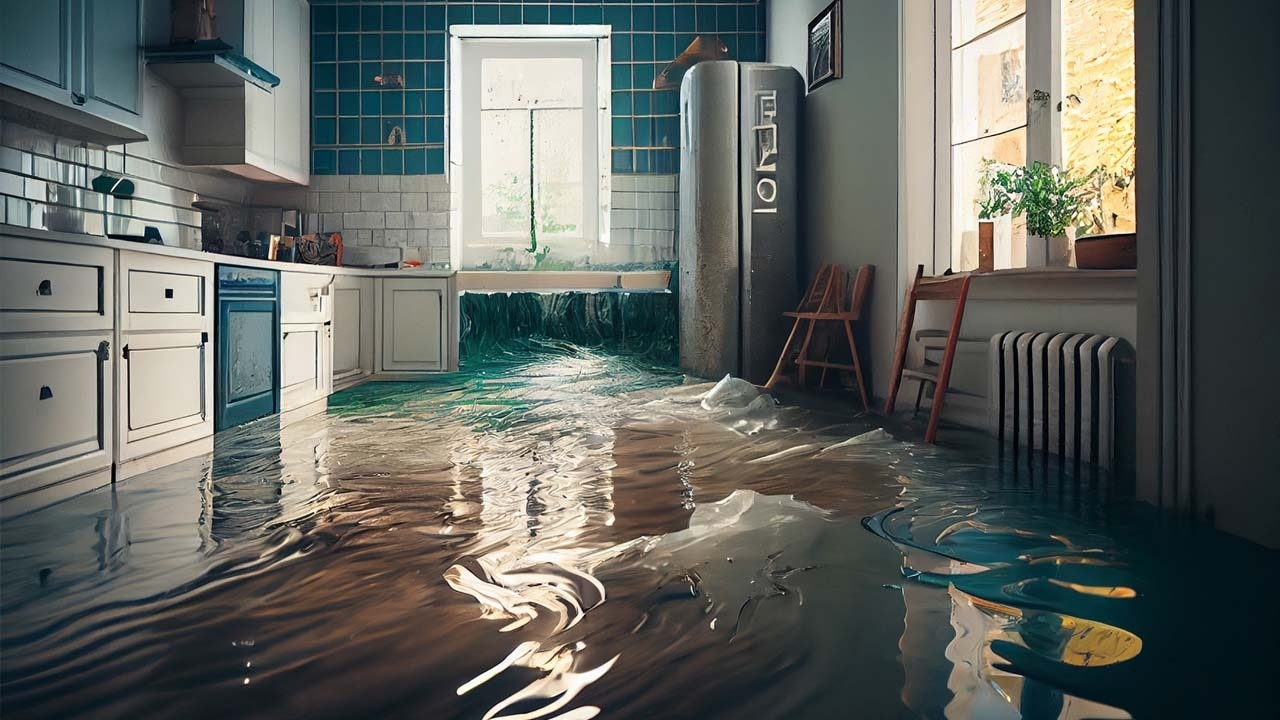Swift Water Damage Restoration Philadelphia: Your Trusted Healing Partner
Wiki Article
Emergency Water Damages Repair: Swift Response to Decrease Further Damage
Water damages can strike all of a sudden and leave devastating results on homes and services. When confronted with such a situation, a quick response is important to lessen additional damage and avoid prospective carcinogen. What exactly does emergency water damages remediation entail? In this discussion, we will dig right into the importance of immediate activity, the evaluation procedure, the steps involved in water extraction and drying, mold and mildew prevention and remediation, and ultimately, the reconstruction of the damaged area. By understanding the necessity and comprehensive nature of this process, you will certainly gain useful insights into exactly how specialists take on emergency water damages, making sure a swift and reliable action.Value of Swift Reaction
Swift feedback is of utmost importance in water damages restoration to reduce additional damage and reduce possible threats. The longer water rests in a structure, the even more damage it can trigger.
One of the major reasons speedy reaction is important in water damage repair is to protect against the growth of mold and mildew. Mold not just causes further damage to the structure of the building but additionally poses wellness dangers to passengers.
Water damages can be devastating, particularly when it affects individual things of monetary or emotional value. Performing quickly permits professionals to analyze the damages and carry out suitable reconstruction techniques to restore as much as feasible.
Assessing the Extent of Damage

During the analysis, remediation professionals completely take a look at the damaged location to identify noticeable indications of damage, such as water stains, deformed materials, and mold growth. They likewise make use of customized tools to discover covert damage, such as moisture meters and thermal imaging video cameras. This detailed analysis allows them to properly determine the extent of the damage and establish a customized repair strategy.
Evaluating the level of water damages is vital since it aids experts prioritize their initiatives. They can identify areas that call for prompt attention, such as standing water elimination and drying, to stop more damage and decrease the danger of mold development. They can additionally establish the areas that need repairs or substitute, making certain that no damage goes unattended or unnoticed.

Water Removal and Drying Process
The water removal and drying out process is a vital action in water damage reconstruction, as it entails the elimination of excess water and the comprehensive drying of the damaged area to stop additional damage and mitigate the danger of mold and mildew development. After assessing the level of the water damages, the next action is to extract the water from the afflicted area. This is commonly done making use of customized tools such as pumps, dehumidifiers, and vacuums. These devices are developed to effectively and properly get rid of water from different surface areas, including floors, walls, and carpets.This action is important in preventing second damages, such as structural damage and the growth of mold and mildew and mildew. The drying process may take several days, depending on the degree of the water damage and the materials included.
It is necessary to make sure that the affected area is entirely dry before waging any kind of repairs or reconstruction. Failure to extensively dry out the area can cause long-lasting problems, consisting of damaged frameworks, moldy smells, and the growth of mold and mildew. Specialist water damage remediation business use wetness discovery equipment to ensure that the damaged area is totally dry prior to proceeding to the next step.
Mold And Mildew Avoidance and Remediation
Efficient mold prevention and remediation are essential in water damages repair to make sure the safety important site and stability of the afflicted area. mold inspection philadelphia. When water damage happens, whether from a burst pipeline, you could check here flooding, or a leaking roofing, it develops an optimal atmosphere for mold development. Mold can start to create within 24 to 2 days after water damages, and if left neglected, it can spread out quickly and create serious health and wellness risksTo avoid mold and mildew development, it is important to deal with water damage promptly. The primary step is to fix the source and identify of the water invasion. As soon as the source is fixed, the afflicted area should be extensively dried out to avoid dampness from remaining. This may include the use of dehumidifiers, air movers, and other specific equipment to remove excess dampness from the air and surface areas.
In instances where mold and mildew development has already happened, removal is essential to remove the mold and mildew and prevent its return. This involves the careful elimination and disposal of affected materials, such as drywall or carpet, to guarantee that all traces of mold are gotten rid of. It is vital to note that mold remediation need to be performed by experts that have the required training and devices to securely eliminate and take care of mold.
Recovering the Affected Area

Firstly, it is necessary to completely dry out the location to avoid any additional damage and to hinder the growth of mold and mildew and mold. This might involve using specialized drying devices, such as dehumidifiers and industrial-grade fans, to remove all wetness from the afflicted surface areas.
When the area is entirely dry, the remediation procedure can begin. This may involve repairing or replacing damaged structural components, such as ceiling, floor covering, or drywall ceramic tiles. It is necessary to deal with any underlying problems that may have triggered the water damages, such as leaky pipes or Continued malfunctioning plumbing, to stop future events.
In addition, restoring the afflicted area might also consist of painting walls, changing damaged components, and completely cleaning and sanitizing the room. This makes sure that not just is the location structurally audio, but it is likewise visually pleasing and safe for tenancy.
Final Thought
Finally, speedy action is vital in lessening additional damages triggered by water emergencies. Examining the degree of damages enables effective water extraction and drying procedures to be executed. In addition, mold and mildew prevention and removal are vital in recovering the damaged area. Overall, prompt action and complete repair actions are key to mitigating the negative effects of water damage.Swift response is of utmost value in water damages restoration to decrease additional damages and minimize prospective dangers.During the analysis, restoration professionals thoroughly check out the affected location to determine noticeable signs of damages, such as water discolorations, deformed materials, and mold development.The water extraction and drying out process is a critical step in water damage restoration, as it involves the removal of excess water and the detailed drying out of the affected area to prevent more damages and alleviate the threat of mold growth. After examining the extent of the water damages, the following step is to draw out the water from the afflicted location.Effective mold avoidance and removal are essential in water damage repair to ensure the safety and security and integrity of the damaged location.
Report this wiki page